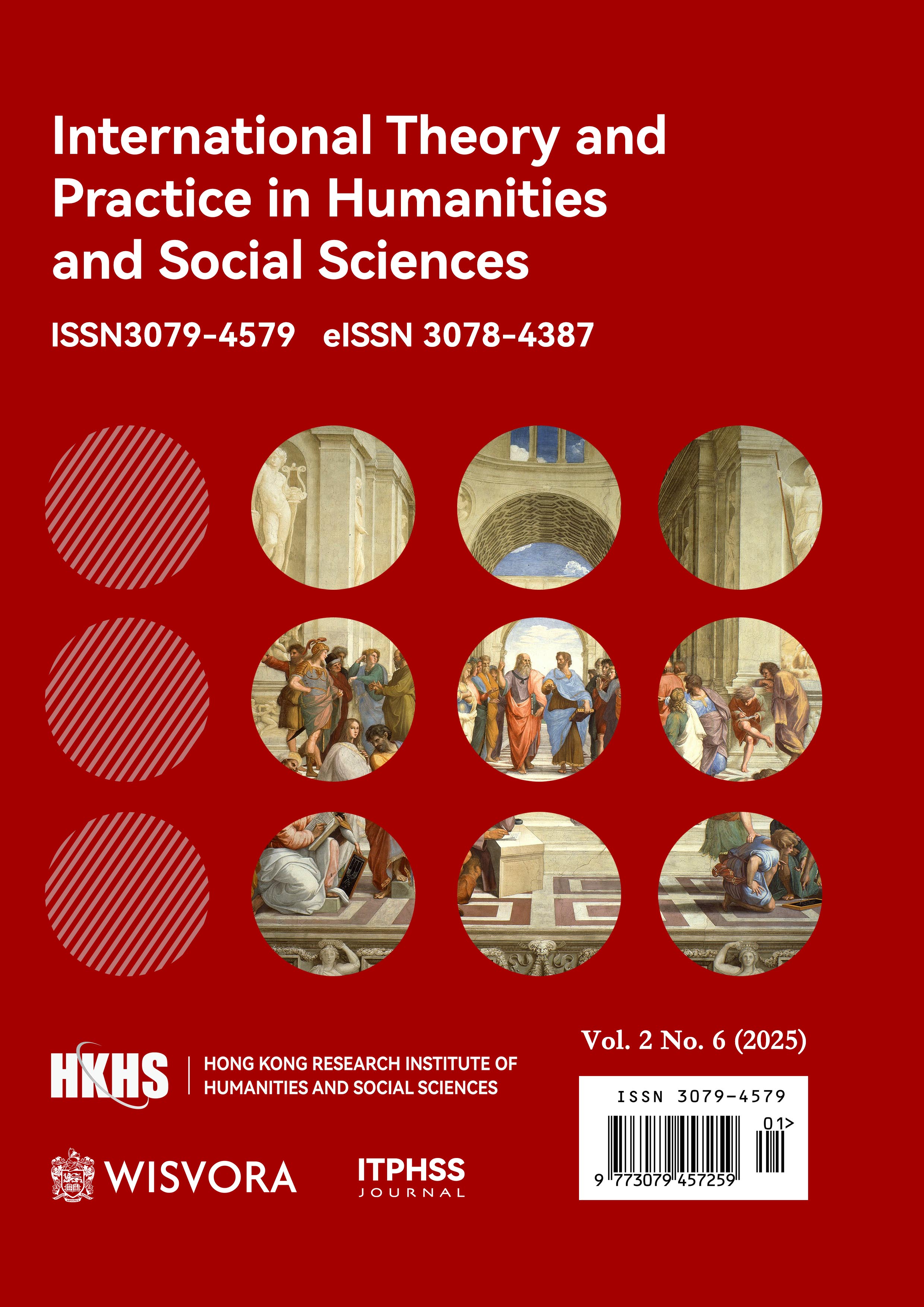Abstract
In the era of social media, the proliferation of online actors, the diversity of content, and the rapid dissemination of information have created conditions for widespread public participation in the judiciary, enhancing transparency while simultaneously posing challenges to judicial rationality and independence. Taking the cases of Jiang Ge and the Kunshan self-defense case as examples, this paper illustrates how differing judicial cultures, institutional frameworks, and penal execution practices result in varied responses to significant criminal cases in China and Japan. It is essential to fully leverage the moral evaluative function of criminal law, appropriately respond to public sentiment, and explore connections between public opinion and the judiciary that align with the construction of a networked rule of law with Chinese characteristics. This approach is fundamental to achieving good law and governance.
References
Wang, Y. (2024). On the response of judicial adjudication to online public opinion (Master’s thesis, Shenyang University of Technology). https://doi.org/10.27322/d.cnki.gsgyu.2024.000084
Qiao, X. K. (2019). The conflict and balance between online public opinion and judicial adjudication (Master’s thesis, East China University of Political Science and Law). https://doi.org/10.27150/d.cnki.ghdzc.2019.001084
Xu, G. H. (2015). Criminal justice and public opinion from the perspective of case type characteristics: A study based on 130 influential criminal cases from 2005 to 2014. Law Science (Journal of Northwest University of Political Science and Law), 33(5), 30–43. https://doi.org/10.16290/j.cnki.1674-5205.2015.05.003
Zhao, X. Y., & Lan, Y. X. (2015). Research on the influence of online public opinion on judicial fairness in criminal cases. Journal of the Armed Police Academy, 31(9), 80–84.
Zhang, Y. K. (2024). A comparative study on the limits of self-defense between China and Japan (Master’s thesis, Jilin University). https://doi.org/10.27162/d.cnki.gjlin.2024.001886
Liu, L. (2024). The algorithmic bias in recommendation systems and its social impact on user behavior: Algorithmic bias in recommendation systems. International Journal of Technology and Human Social Sciences, 1(1), 1–10. https://doi.org/10.70693/itphss.v1i1.204
Sun, J., & Xu, Z. Y. (2011). Online public opinion supervision and its regulation. Chinese Public Administration, (12), 16–19.
Wu, Q. Z. (2011). Public opinion and justice in the Internet era: A perspective from Habermas’s theory of the public sphere. Global Law Review, 33(2), 50–60.
Wang, H. Y. (2013). Online public opinion and the realization of judicial fairness. Legal Forum, 28(2), 146–152.
Xu, J. (2011). The concept and strategy of judicial response to online public opinion: An analysis based on 18 typical cases. Law Science, (12), 105–115.
Wei, Z. X. (2022). The moral dimension and legal methods of judicial judgment: Starting from the moral controversy of the first instance civil judgment in the Jiang Ge case. Science of Law (Journal of Northwest University of Political Science and Law), (5), 91–109. https://doi.org/10.16290/j.cnki.1674-5205.2022.05.005
Wang, Y. H. (2018). The “Jiang Ge case” and Japanese judicial culture. Application of Law (Judicial Cases), (2), 106–1
Lao, D. Y. (2018). The alienation of justifiable defense and the function of the criminal law system. Jurists, (5), 76–90, 193–194. https://doi.org/10.16094/j.cnki.1005-0221.2018.05.006
Liu, Y. H. (2019). Shizhi xingfa guan (2nd ed.). China Renmin University Press.
Hegel, G. W. F. (1961). Fa zhexue yuanli (F. Yang & Q. Zhang, Trans.). The Commercial Press. (Original work published 1821).
Chen, Y. (2024). Research on the response of local governments to network public opinion in emergencies in the era of self-media (Master’s thesis, Shanghai Normal University). CNKI. https://doi.org/10.27312/d.cnki.gshsu.2024.000027
Lei, H. (2021). A study on the standards for applying the death penalty in intentional homicide cases: A comparative perspective with Japanese criminal law. Judicial Think Tank, 5(2), 203–223.

This work is licensed under a Creative Commons Attribution 4.0 International License.
Copyright (c) 2025 Bixuan Guo (Author)


